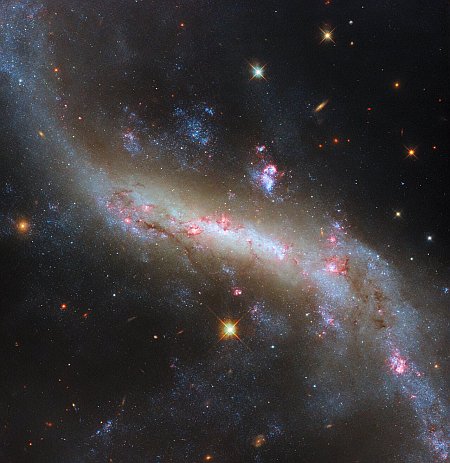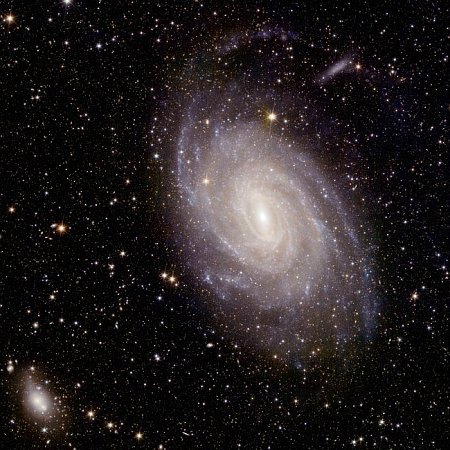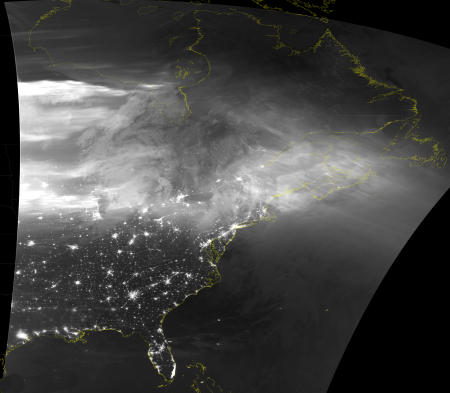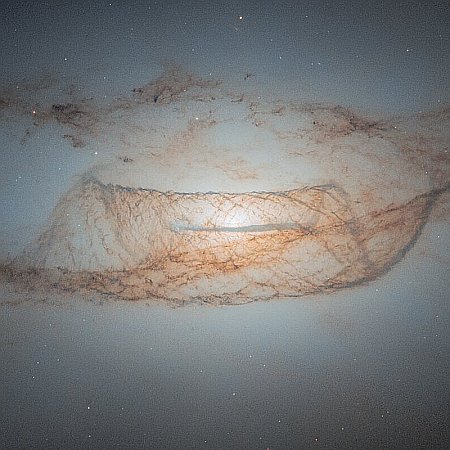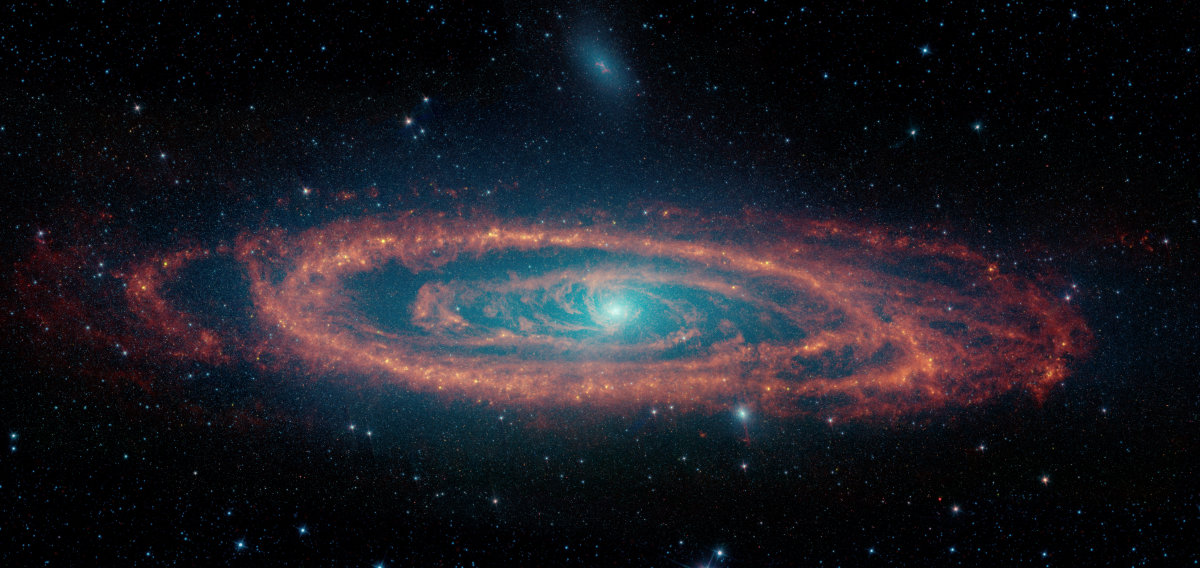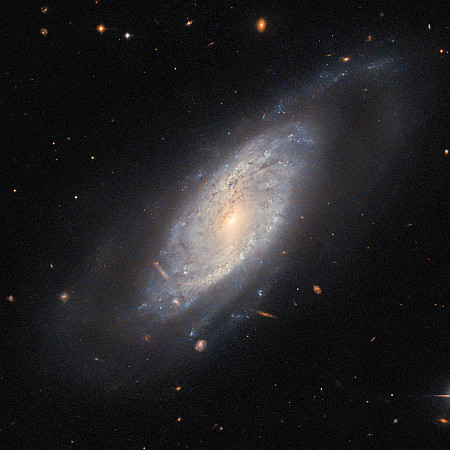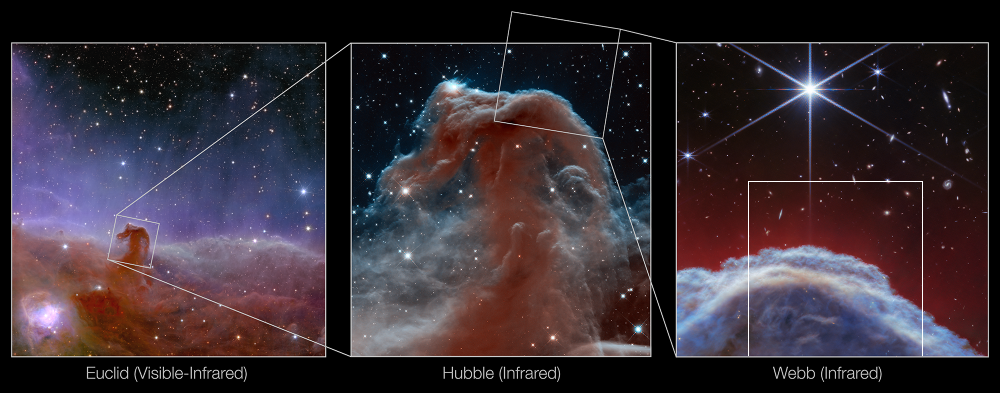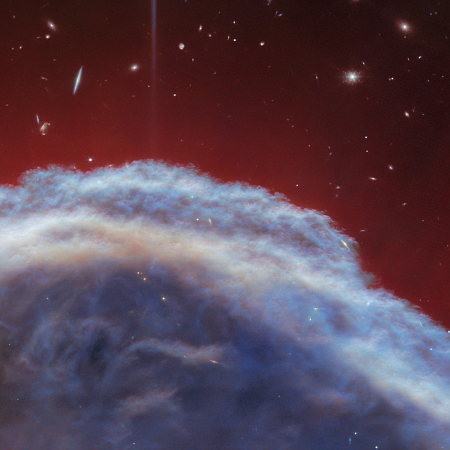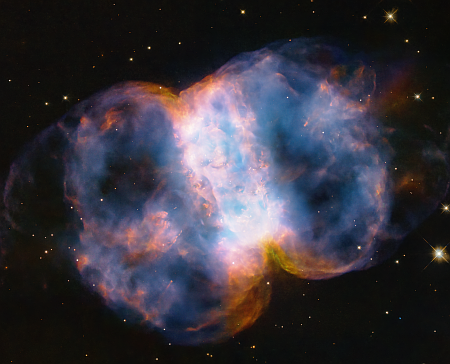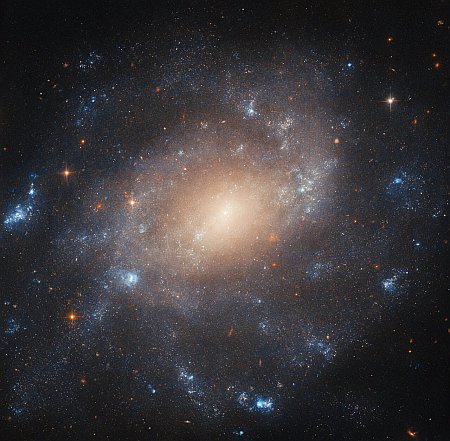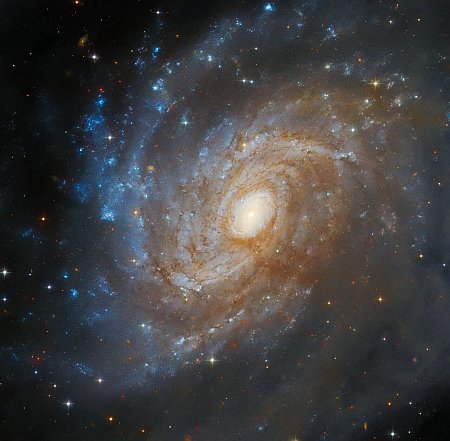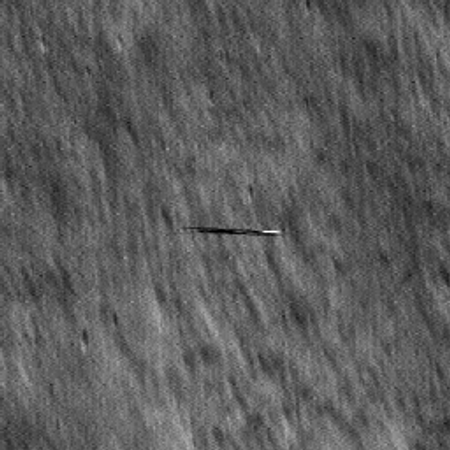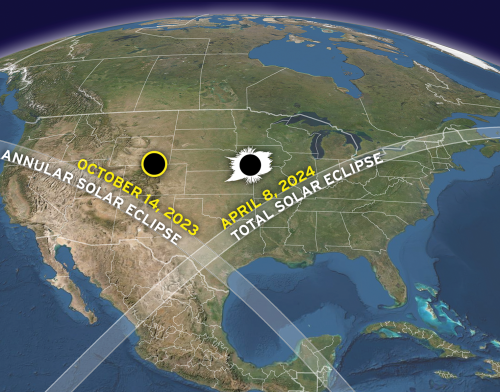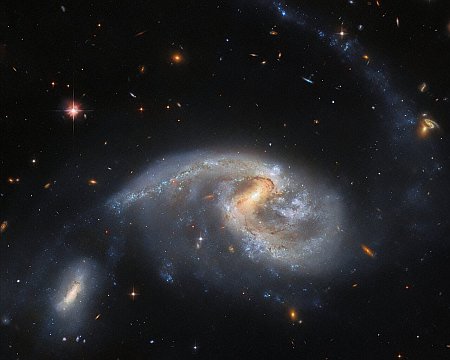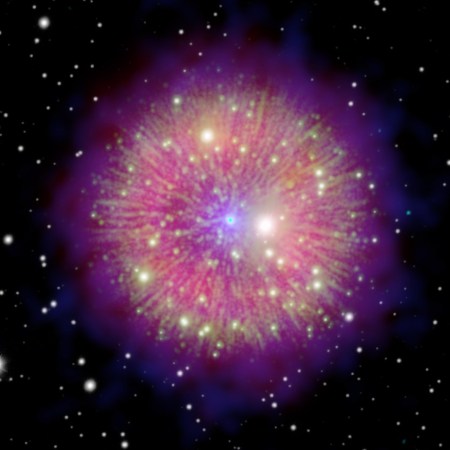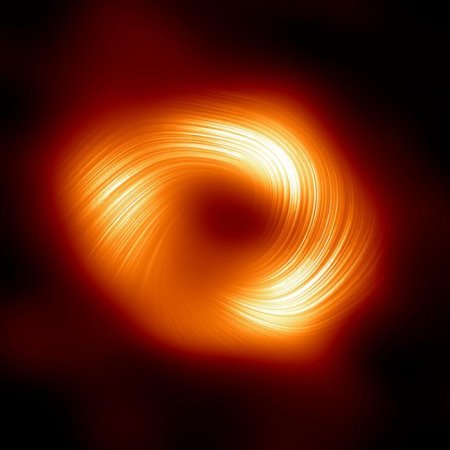The “Vulcan” exoplanet discovered in 2018 now refuted
In 2018 astronomers had thought they had detected an exoplanet orbiting the star 40 Eridani A — which is where in Star Trek the home world Mr. Spock was supposed to be located.
That discovery has now been refuted by much more precise observations.
[T]he planet signal is really the flickering of something on the star’s surface that coincides with a 42-day rotation – perhaps the roiling of hotter and cooler layers beneath the star’s surface, called convection, combined with stellar surface features such as spots and “plages,” which are bright, active regions.
In other words, this exoplanet does not exist. For once at least life did not imitate art.
In 2018 astronomers had thought they had detected an exoplanet orbiting the star 40 Eridani A — which is where in Star Trek the home world Mr. Spock was supposed to be located.
That discovery has now been refuted by much more precise observations.
[T]he planet signal is really the flickering of something on the star’s surface that coincides with a 42-day rotation – perhaps the roiling of hotter and cooler layers beneath the star’s surface, called convection, combined with stellar surface features such as spots and “plages,” which are bright, active regions.
In other words, this exoplanet does not exist. For once at least life did not imitate art.

